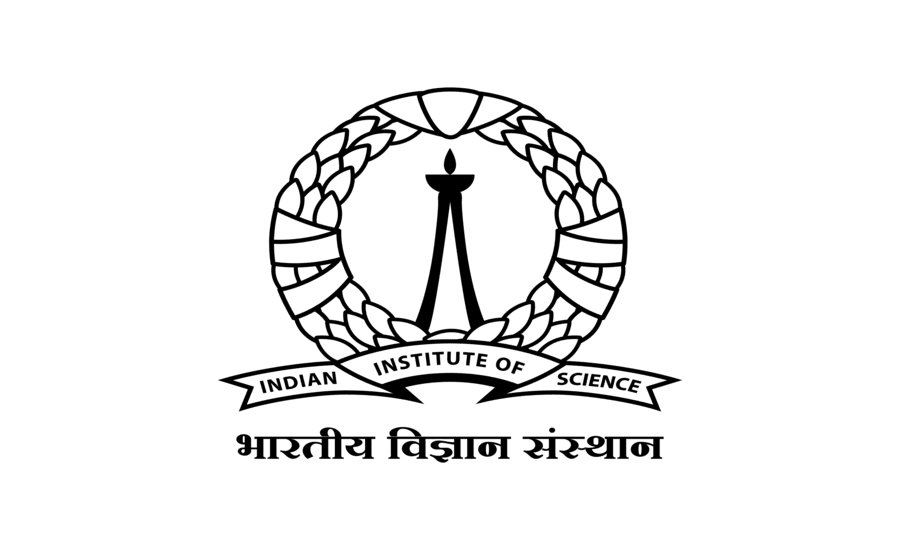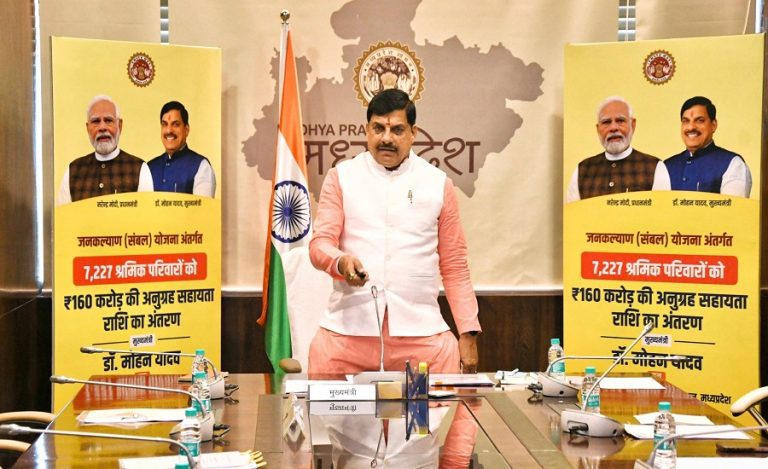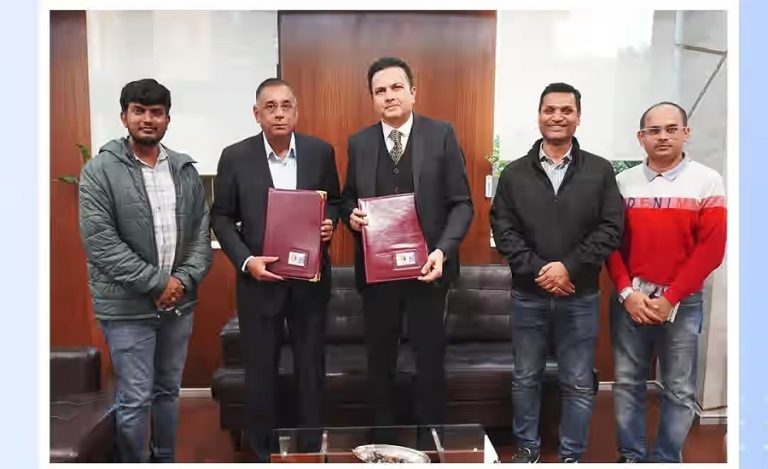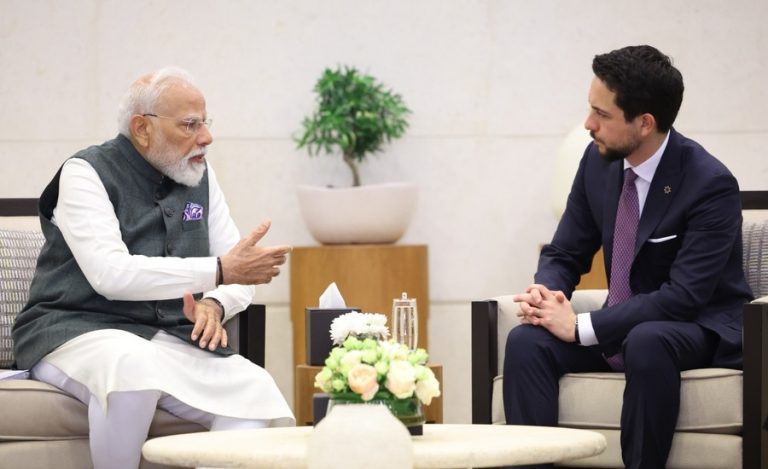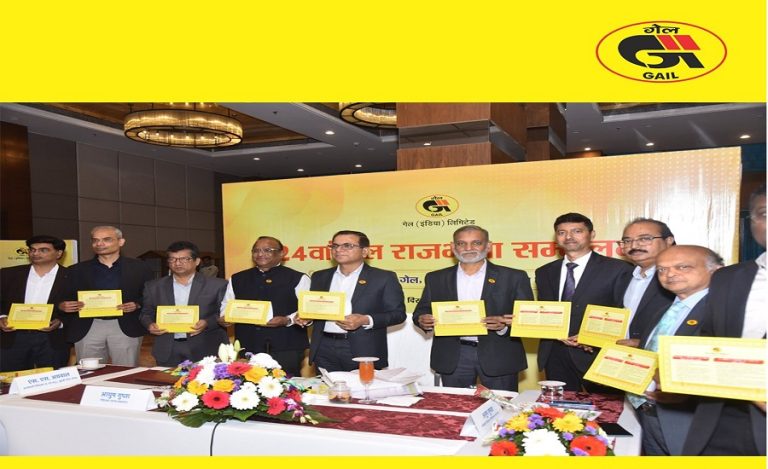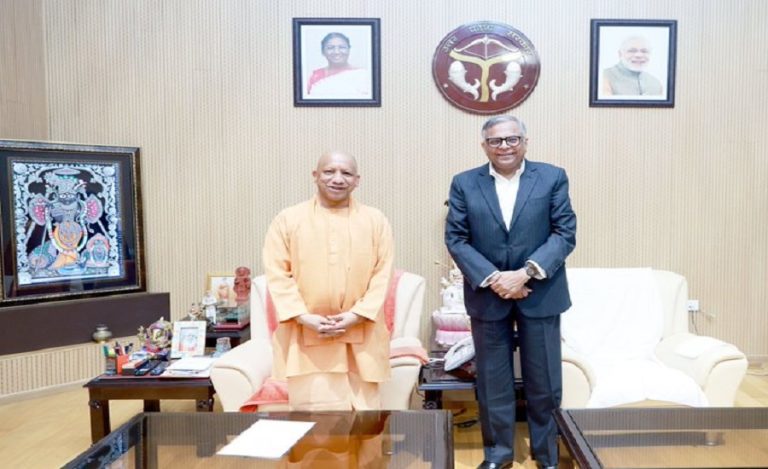New Delhi/ Bengaluru: In a landmark achievement, the Indian Institute of Science (IISc) Bengaluru has developed a six-qubit photonic quantum system, marking India’s first such light-based quantum computer milestone. This breakthrough not only advances India’s quantum computing capabilities, but also opens up new pathways in the global quantum technology race.
Background of the IISc Photonic Quantum System
Quantum computing depends on qubits — units that can exist in multiple states simultaneously, thanks to quantum phenomena like superposition and entanglement. Traditional quantum approaches often use superconducting circuits or trapped ions. However, the IISc team chose a photonic route — using photons (particles of light) as qubits. Photonic qubits offer key advantages: room-temperature operation, lower noise susceptibility, and potential for scalability.
Under India’s National Quantum Mission (NQM), initiated by the Department of Science & Technology (DST), IISc has been designated as a thematic hub for quantum computing and photonic qubit research.
Face Behind this Achievement
The research is led by C. M. Chandrashekar, Professor at IISc’s Quantum Optics & Quantum Information Processing Lab. He emphasises that “what we have developed is a six-qubit photonic system” and that “we have demonstrated deterministic quantum-gate operations using photons”—a world-first according to the team.
Major Highlights of IISc Photonic Quantum System
IISc team encoded three qubits within a single photon; one through its polarisation state and two via spatial path encoding (splitting the photon’s path in superposition).
Then by entangling two such photons they built a six-qubit entangled GHZ state (Greenberger-Horne-Zeilinger) using deterministic (not probabilistic) gate operations.
The setup uses linear optical components (beam splitters, waveplates, mirrors) to realise universal quantum gates via a “quantum walk” method.
Unlike many photon-based efforts that rely on probabilistic operations (chance), this system achieves deterministic multi-qubit operations, improving stability and scalability.
The research aligns with national strategy as the Government of India is actively supporting photonic chip & quantum research under MEITY and DST.
Importance of IISc Photonic Quantum System
- Light-based qubits (photons) can operate at ambient/room temperature and are inherently more resistant to environmental noise.
- Demonstrating control over a six-qubit entangled state is a major step toward building practical quantum computers that can outperform classical machines.
This places India among a select group of nations advancing the field through photonic quantum computing — not just superconducting or ion-trap methods.
Technological and Strategic Implications
From a technology viewpoint: Encoding multiple qubits in a photon and performing deterministic gates means fewer resources and potentially faster scaling.
From a strategic/defence viewpoint: Quantum computing holds promise for cybersecurity, encrypted communications, materials modelling, AI, and more — areas of interest for national resilience.
From an innovation standpoint: It opens opportunities for Indian startups, design of photonic circuits/chips, and domestic development of next-gen computing infrastructure.
Challenges Ahead
- Scaling beyond six qubits remains a significant hurdle. The team acknowledges that ramping up qubit counts while maintaining fidelity will take time.
- Integrating photonic systems with existing electronics, error-correction protocols, and making the systems commercially viable will require further research.
- Building ecosystem: Talent, industry partnerships, fabrication infrastructure, and quantum-ready workforce are essential for India’s quantum ambitions.
What’s Next for IISc and India
- The IISc lab aims to move from six-qubit demonstrations to larger qubit photonic systems, possibly combining with other quantum technologies (hybrid systems).
- Through NQM and multi-institution collaboration, India is gearing up for quantum computing, sensing, cryptography, and photonic integrated circuits.
- Startups and research parks (e.g., in Karnataka) are expected to accelerate translational work from lab to market.

